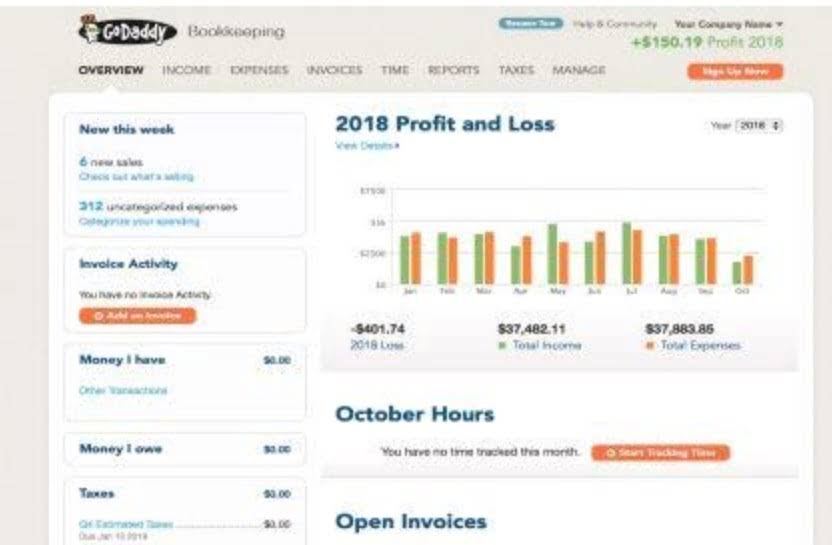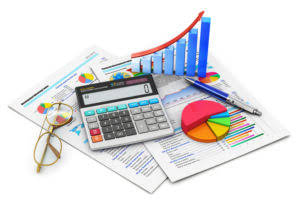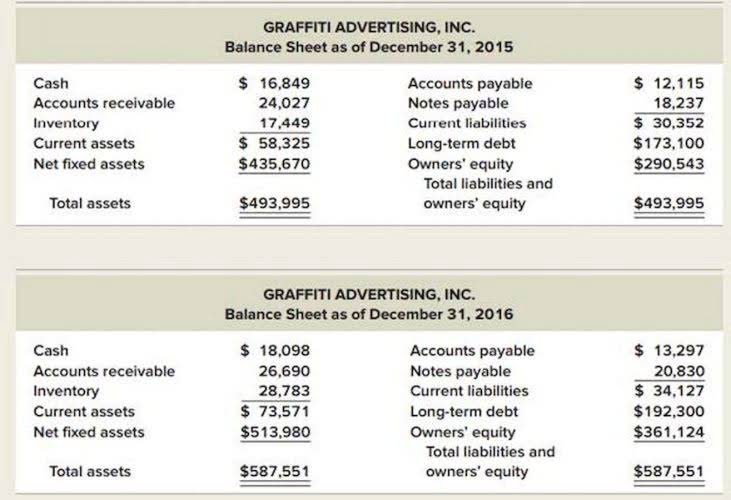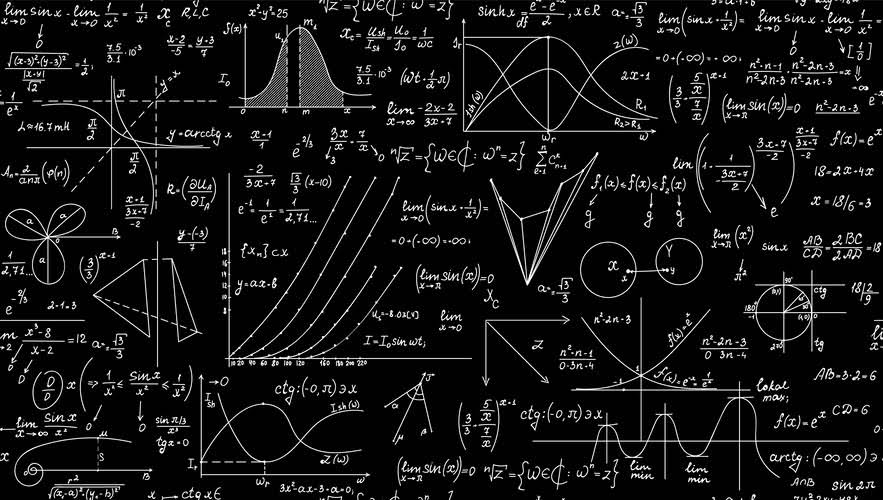
Understanding the financial metrics of margin and markup is crucial for running a successful business. Although they are often used interchangeably, markup and margin have distinct meanings and implications for your pricing strategy and profitability. Margin, on the other hand, refers to the percentage of the selling price that represents profit. It’s calculated by subtracting the cost of the product from its selling price, then dividing that by the selling price. For example, if a product sells for $100 and costs $60, the margin is 40%. Markup and margin are both methods used to calculate the profitability of a product, but they approach it from different angles.
Markup and Margin Pricing Strategy Impact on Businesses

A company’s margin would be $30 if it sells a product for $100 and it costs $70 to manufacture it. The profit margin stated as a percentage is 30% and is calculated as the margin divided by sales. This ensures you can accurately assess sales, prices, markups, and profit margins to evaluate how well your company is performing and keep a close watch on its financial health. A better back office will help you track the most important key performance https://www.bookstime.com/articles/saas-accounting indicators in your business and make adjustments to see your profits soar.
Markup vs. margin: how they’re different and how to calculate them

If the cost is very high, even a high markup percentage might not result in a high profit margin. Conversely, a low cost with a moderate markup could lead to a higher profit margin. You can also use these profit margin vs. markup formulas when expressing the figures in percentages.

Calculating the cost of your products
- While they share similarities, they have distinct meanings and applications.
- The markup formula takes into account the cost of goods sold and the profit margin required to achieve desired earnings.
- This ensures you can accurately assess sales, prices, markups, and profit margins to evaluate how well your company is performing and keep a close watch on its financial health.
- Calculating margin is essential to ensure that your pricing strategy aligns with your profitability goals.
- As your margin grows, the markup increases at an even greater rate.
This difference highlights a key distinction between markup and margin. Markup is calculated based on cost, whereas margin is calculated based on the selling price. Understanding this difference can help you make better decisions when setting prices for your products.

Margin, on the other hand, is the difference between your selling price and your production cost price. For example, let’s say you have a product that costs you $10 to produce. You want to add a 20% markup to that product, which would give you a selling price of $12 ($10 x 1.2). On the other hand, margin represents the profitability percentage based on the selling price. It takes into account all costs, including both variable and fixed expenses.

This means that for each bracelet sold, the profit amounts to 37.5% of the selling price. Though the formula is simple, like markup, you can what are retained earnings try our margin calculator to solve for this quicker. Adding the markup amount to the cost price yields the selling price of $80.
What’s the difference between markup and margin?
- Tailoring your markup ensures you maximize profitability without scaring off customers.
- To start, initial markup refers to the markup percentage applied to the cost of a product or service at the initial stage of pricing, setting the foundation for achieving your desired profit margin.
- In contrast, markup refers to the amount or percentage of profits derived by the company over the product’s cost price.
- On the other hand, the margin is simply the percentage of selling price i.e. profit.
- Others will use the term gross margin ratio to mean the gross margin as percentage of sales or selling price.
- Each strategy has its advantages and drawbacks, and the choice between them should depend on the specific needs and goals of the business.
- But, understanding margin vs. markup can help you decipher pricing strategies and assess whether you’re getting a bang for your buck or not.
This distinction in calculation methods has a direct impact on the selling prices and profit amounts when using markup vs margin strategies. To start, while both margin and markup play a role in pricing, they differ in their focus and calculations. Margin specifically focuses explain the difference between a markup and a margin on the profitability percentage based on the selling price, while markup involves adding an extra amount to the cost price.